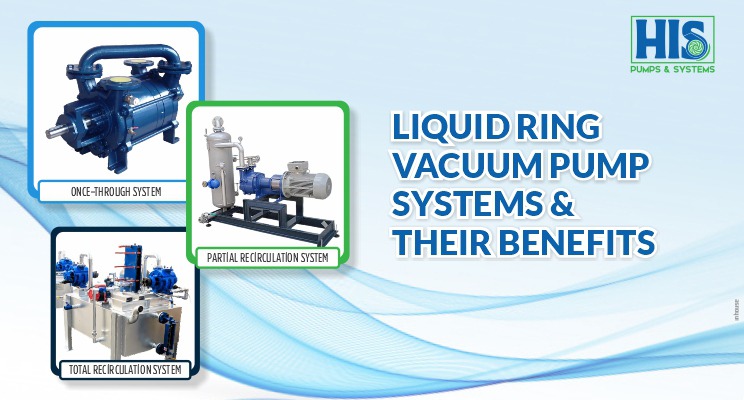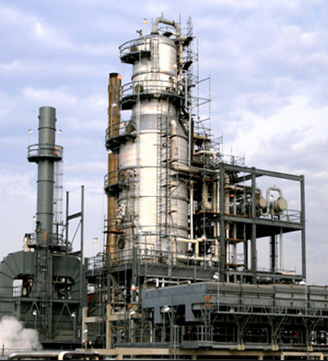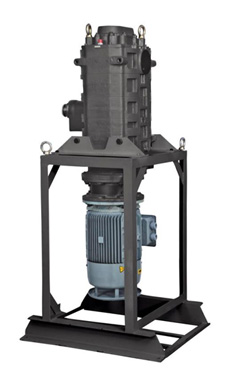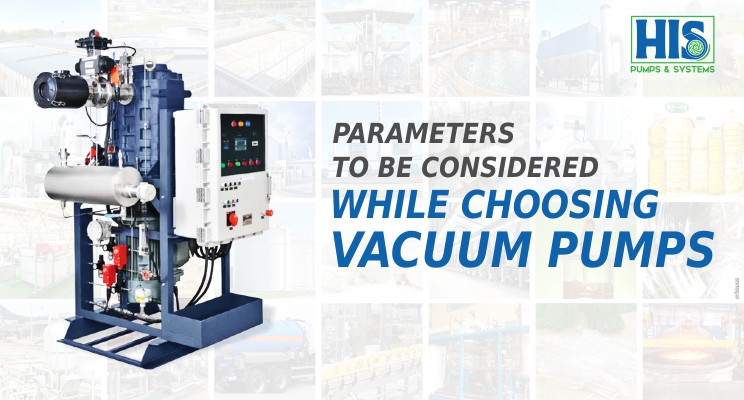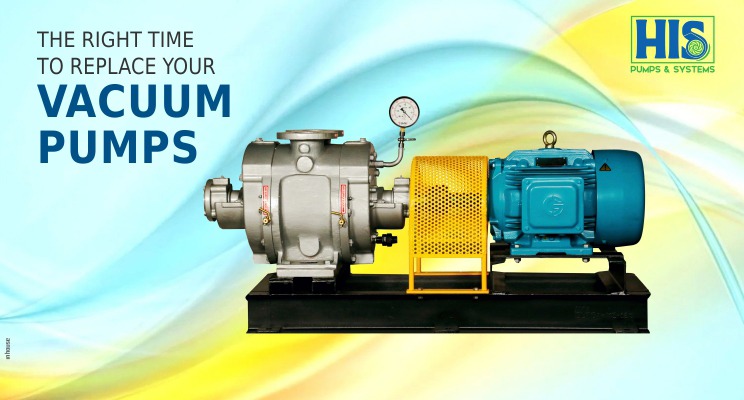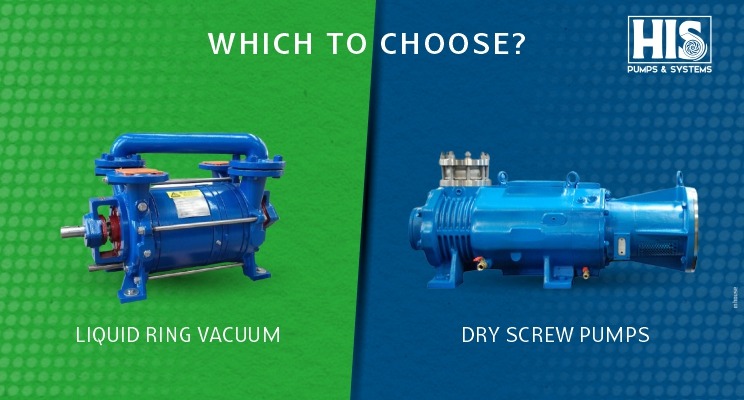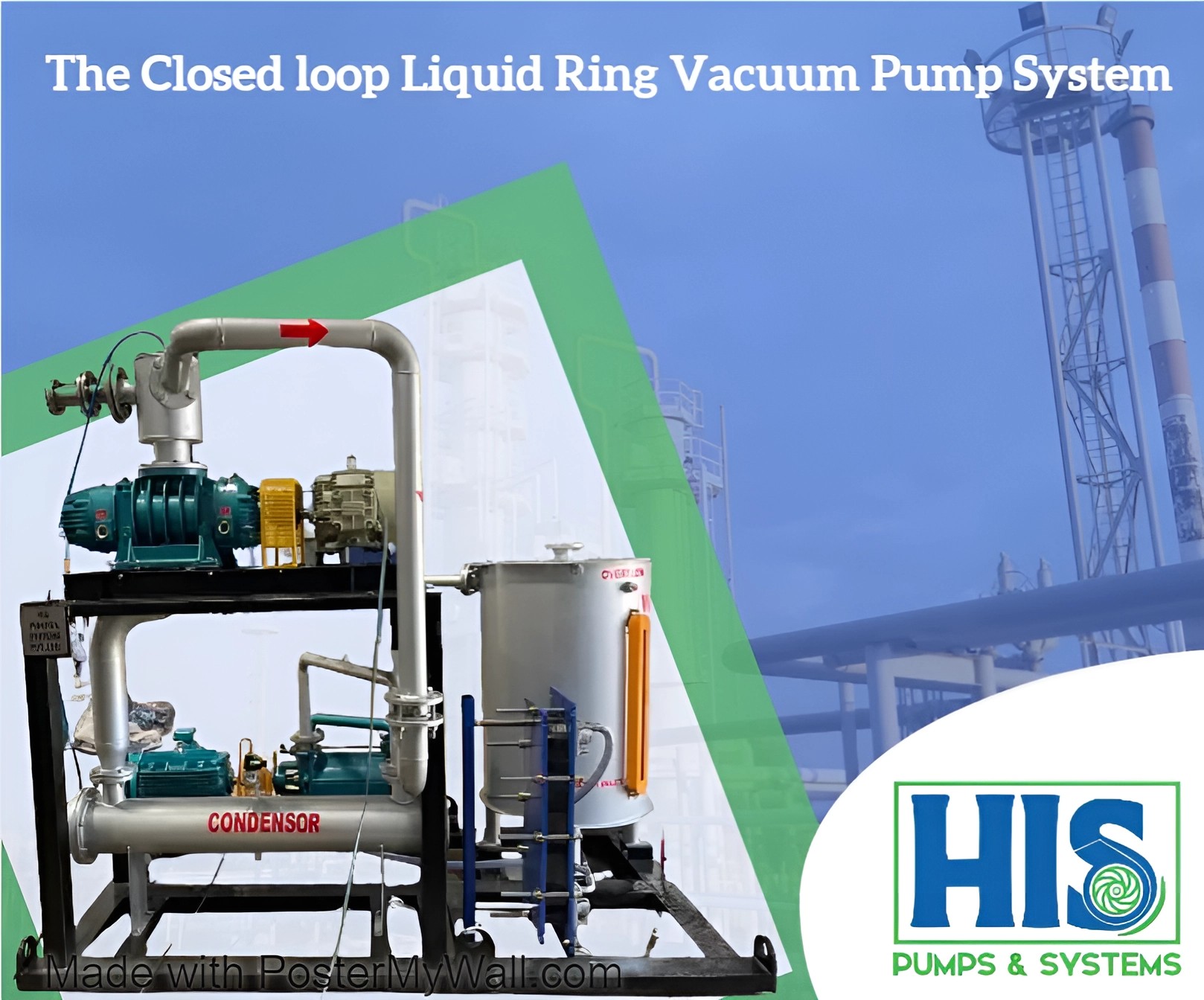The liquid ring vacuum pump is a positive displacement pump used as a compressor with the same working principle as a rotary vane vacuum pump. It is also known as the water ring vacuum pump with an improved technology developed by highly efficient and experienced engineers in India. It only has one difference from a rotary vane vacuum pump, which is vanes that rotate a ring of liquid forming a compression chamber seal in the rotor. These pumps are designed to handle various liquids, gas air, and water.
Generally, a vacuum pump system refers to a complete arrangement of a pump, separator vessel, pipes, and fittings. The liquid ring vacuum pump has many benefits owing to its design and thus is categorized into three types as follows:
-
Once-Through System
-
Partial Recirculation System
-
Total Recirculation System
Let us discuss each one with its advantages.
1. Once-through the System:
In this system, the sealing liquid enters the pump system only once. The discharged fluid from the pump gets directed to a separator vessel in which the gas is separated from it, and then finally, it is drained off. The once-through system is easy to operate and is a simple system where no recirculation or recovery of the sealing liquid occurs.
Pros
-
For a once-through system of liquid ring vacuum pumps, there is no high initial cost.
-
It is suited for less significant service projects.
Cons
-
It has high seal liquid consumption with effluent treatment set.
2. Partial Recirculation System:
In this system, the working is similar to the once-through system; however, the only difference is in the use of a separator tank. In this system, a part of the sealing liquid is re-circulated with added makeup water in the separator tank. Depending on the quantity of the makeup water added, an equal amount of the discharged liquid is drained as waste. A fresh sealing liquid is introduced to the pump to maintain its proper temperature for good performance. The temperature maintenance minimizes the chances of cavitation and helps in better pump maintenance.
Pros
-
It does not incur high initial costs.
-
As few amounts of sealing liquid are re-circulated, it consumes less quantity of seal liquid.
Cons
-
Water is required for cooling
3. Total Recirculation System:
In this system, the sealing liquid is fully re-circulated in the system. The discharged heat is removed with the help of a heat exchanger. The sealing fluid is reintroduced into the pump. The seal liquid level in the separator should be slightly below the centreline of the pump shaft. A provision must be made for a high-level overflow to prevent the pump motor from damage and overloading during the start. A circulation pump is required in case there is a high-pressure drop across the system.
Pros
-
This liquid ring vacuum pump is designed for gas and high vapour services.
-
It also consumes less sealing liquid/Zero discharge point.
-
Suitable for land locked dairies.
Cons
-
It has high initial and maintenance cost.
Conclusion
All the above different types of liquid ring vacuum pumps discussed are perfect for use in dusty, dirty, humid, and harsh environments found in industries. These pumps have a robust and straightforward design to deliver vacuum to different industrial processes such as mining, chemical, food and beverages, oil, pharmaceutical, etc. There is no single ideal solution for an application. Hence it is essential to seek consultation from an expert and consider different parameters in the process such as process conditions, types of gases, economic efficiency, etc.
